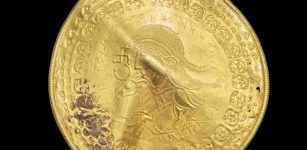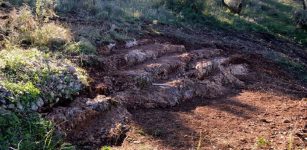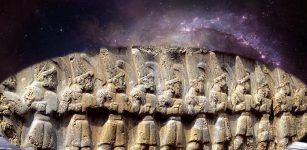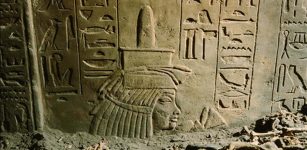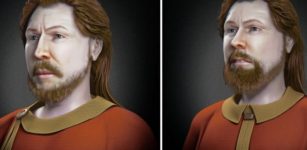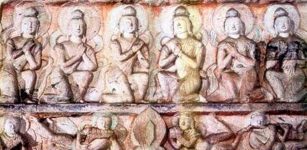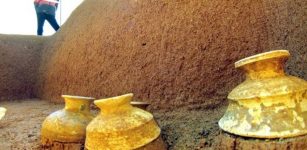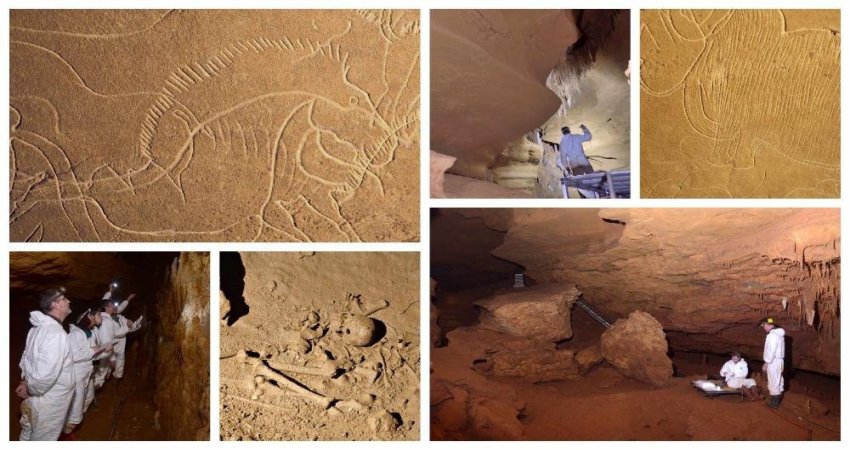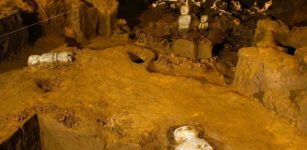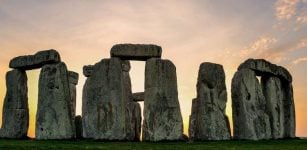Large Number Of Chariots And Horse Skeletons Unearthed In Ancient 2,800-Year Old Chinese Tombs
MessageToEagle.com – Archaeologists excavating ancient tombs in central China have unearthed 28 chariots and 49 pairs of horse skeletons dating back three millennia.
The 2,800-year-old group of tombs, which dates back to the Spring and Autumn Period (770 BC-476 BC) is located in the city of Zaoyang, in the province of Hubei. Current explorations have found at least 30 tombs of various sizes.
Preliminary studies show that the tombs belong to high-ranking nobles of the period in Chinese history,” the Haaretz reports.
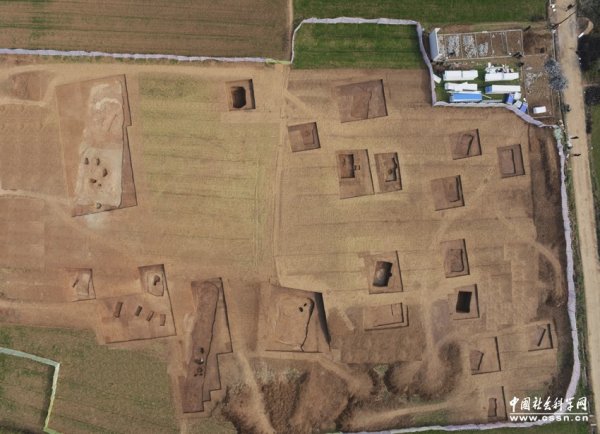
Now a new 33-meter long, four-meter wide chariot pit has been discovered. “This chariot and horse pit is different from those discovered previously along the Yangtze River. The chariots and horses were densely buried,” said Liu Xu, professor from School of Archaeology and Museology of Peking University. ” Many of the wheels were taken off and the rest parts of the chariots were placed one by one.”
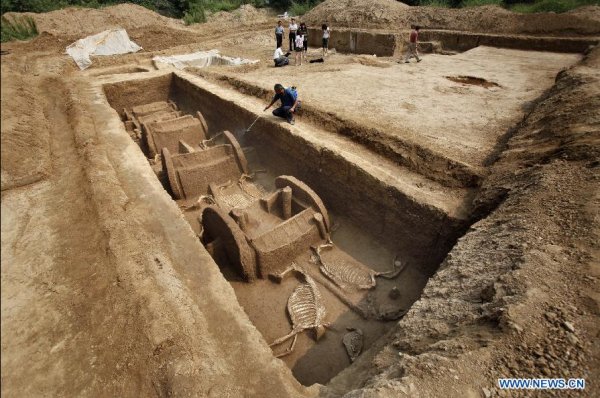
At least 28 chariots were discovered in three months of excavation. About five meters away the chariot pit was a horse pit, where at least 49 pairs of horse skeletons were discovered.
“Judging from the way the horses were buried, they were buried after they were killed, as there was no trace of struggle.
Second, it is the way they were laid. They were laid back to back, lying on their sides. It means that two horses pull one chariot,” said Huang Wenxin, researcher from the provincial archaeological institute.
Liu Xu said the number of chariots and horses represent the ranks of the deceased.
“The number of chariots often demonstrated the strength of a country at that time. More chariots mean that the country was powerful. The strength was measured by the number of chariots. In modern words, the chariots represent a kind of high-tech product. Only people with rather high ranks can own chariots,” Liu said.

The name of the turbulent “Spring and Autumn Period” in Chinese history is based on Confucius’ history of the dynasty of the time, according to some sources. His book was called “Spring and Autumn Annals.

The period was marked by the end of feudalism, nascent urbanization and the birth of powerful states created by the consolidation of smaller principalities, as well as a certain increase in secularism. Among the social changes was the birth of a wealthy merchant class – which may have been among those buried in the tombs now uncovered.
Why horses were buried with the chariots must remain speculative, but it is known that in ancient China of the time, human and animal sacrifices were made to appease the gods of weather, on whose goodwill mankind depended.
The Chinese were far from alone in massive ceremonial burials. The ancient Egyptians of the time were also notorious for human sacrifice, burying servants with their deceased pharaohs – but that was in a much earlier time, around 3100 BC to 2900 BC, the era of the First Dynasty. After that period, the live retainers were replaced by figurines.
MessageToEagle.com


